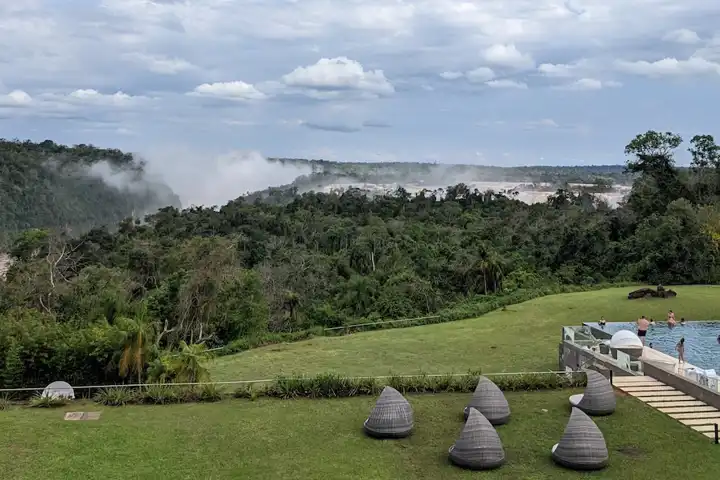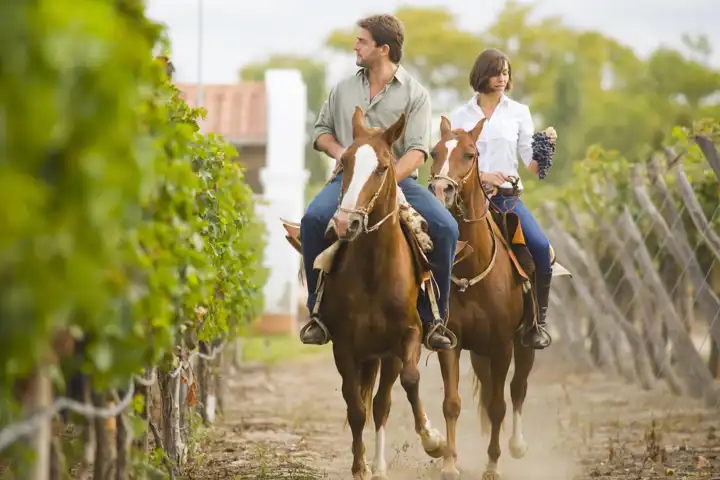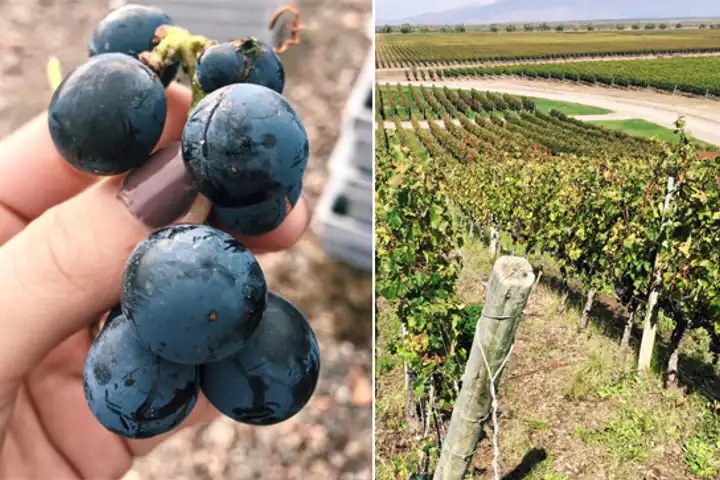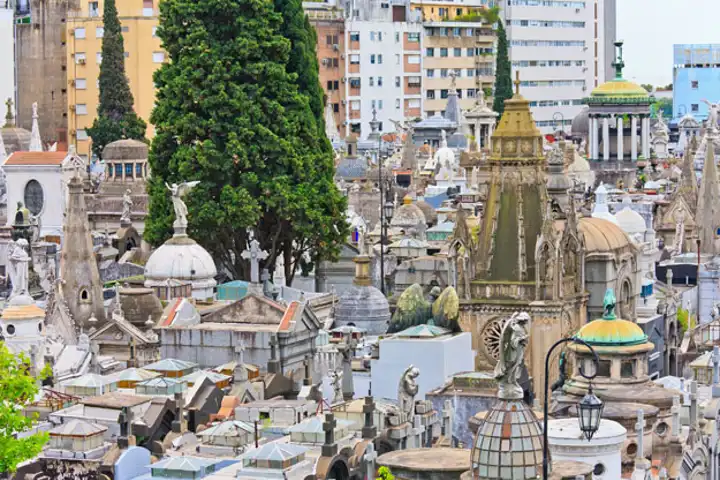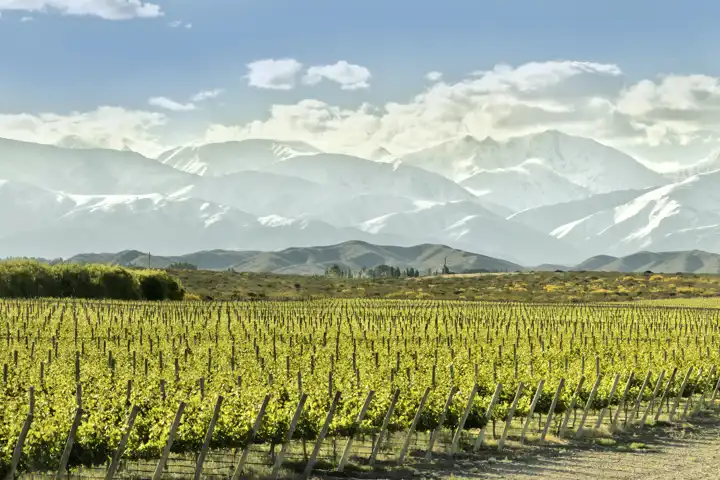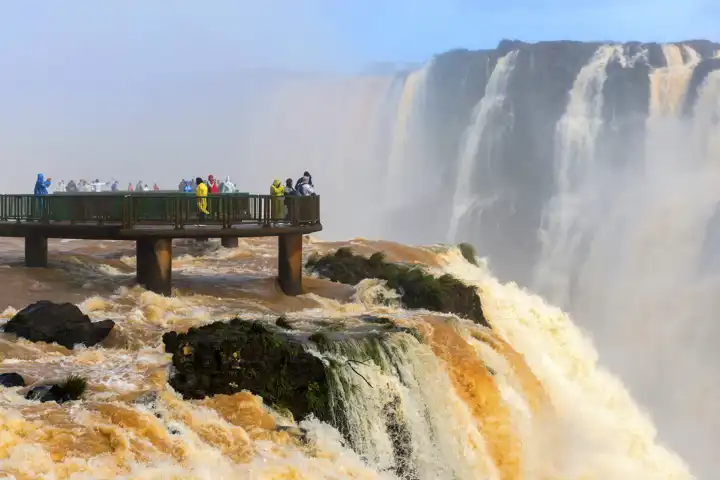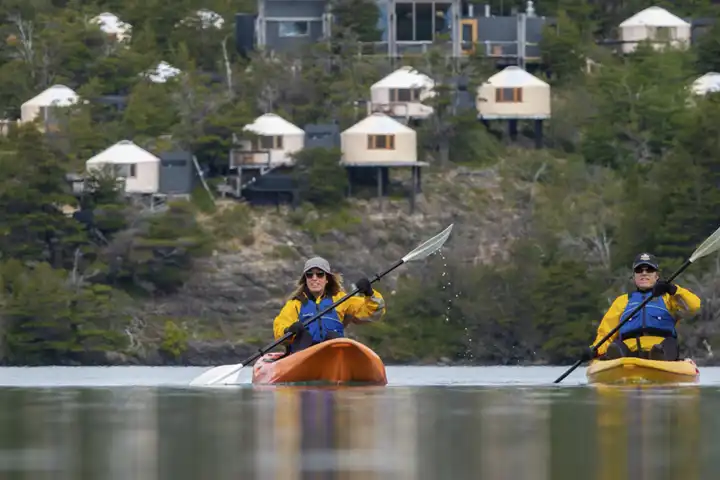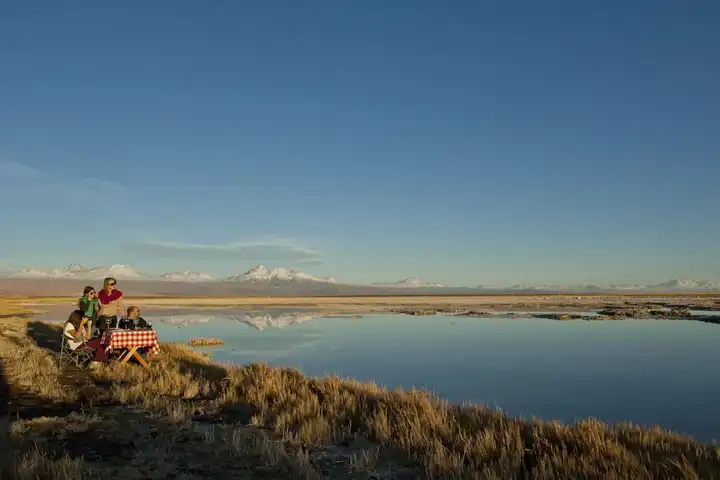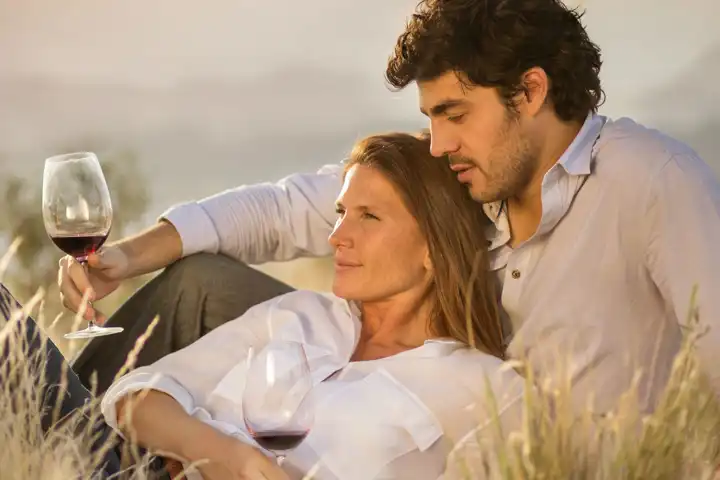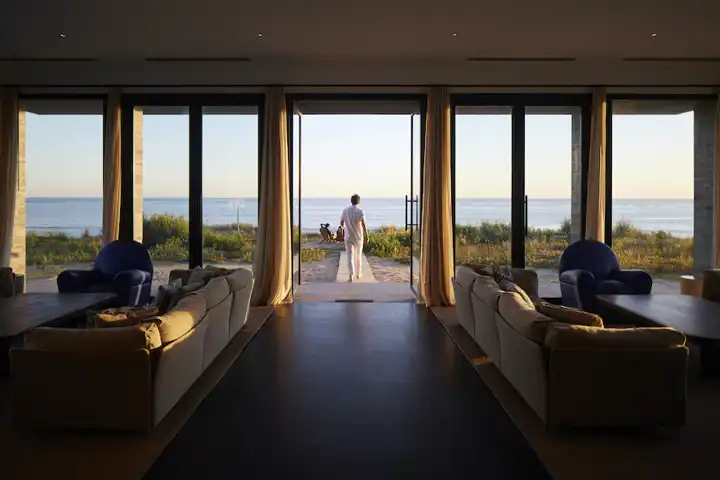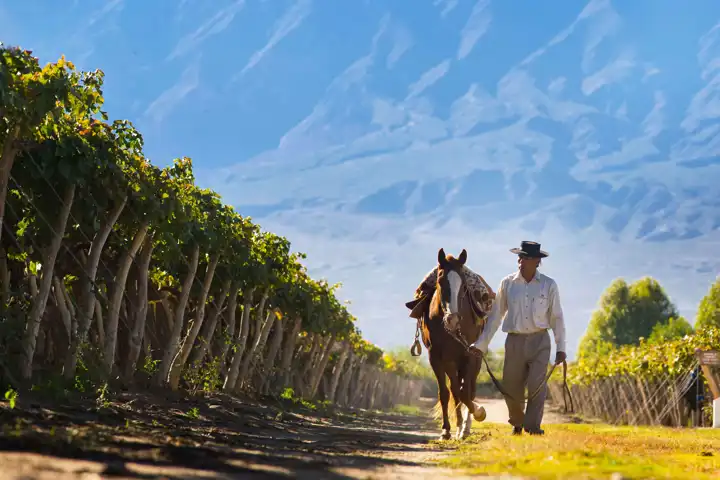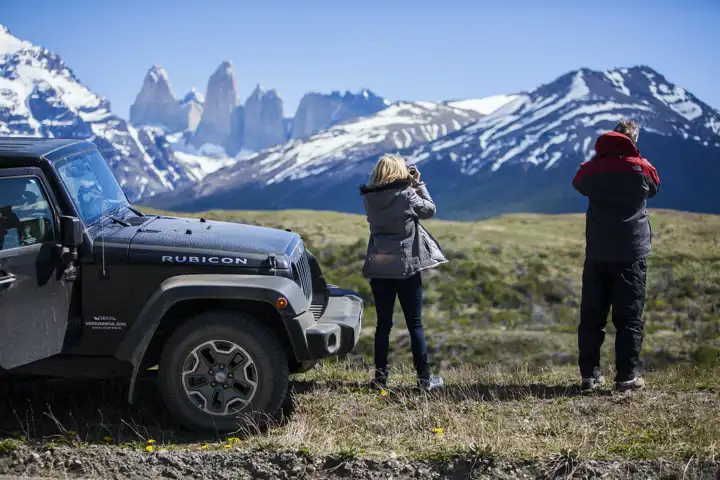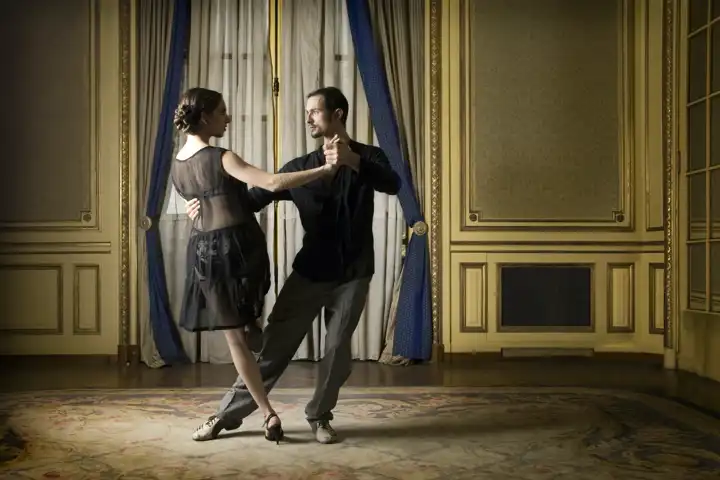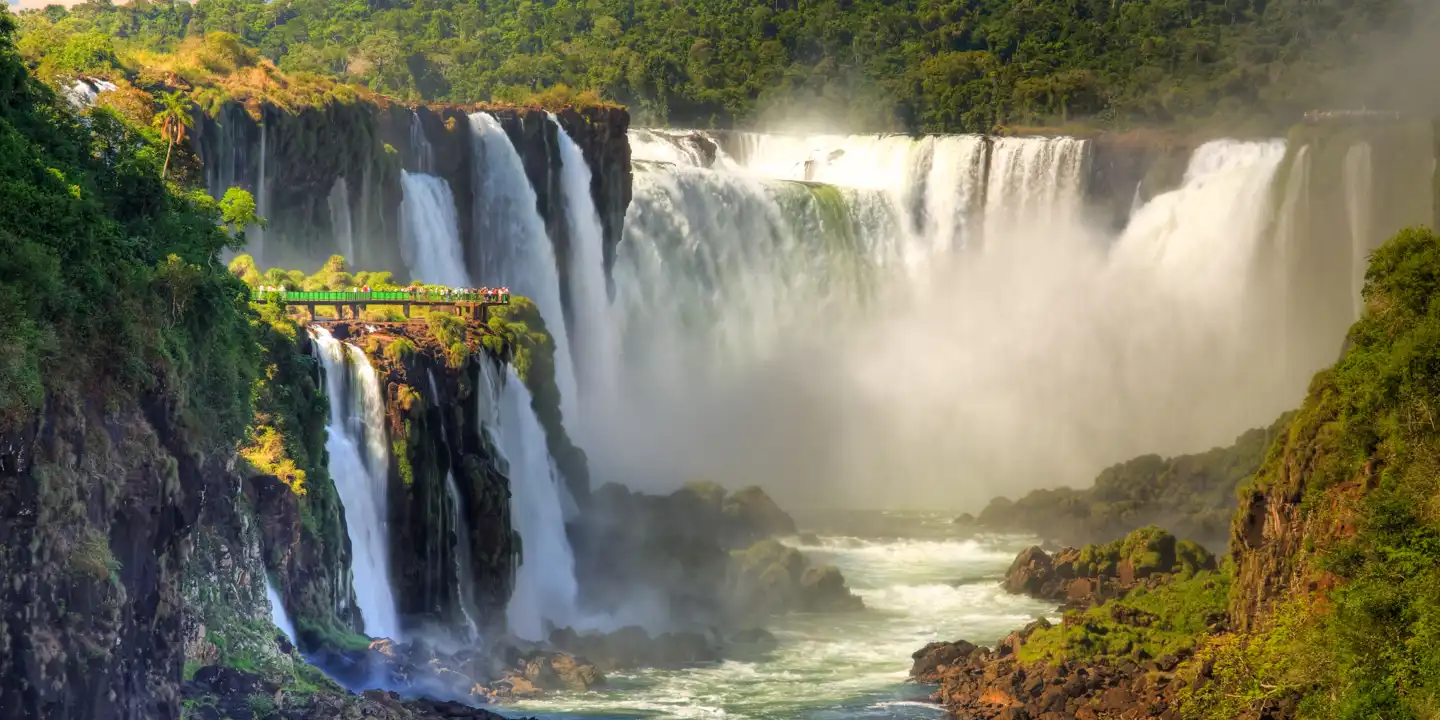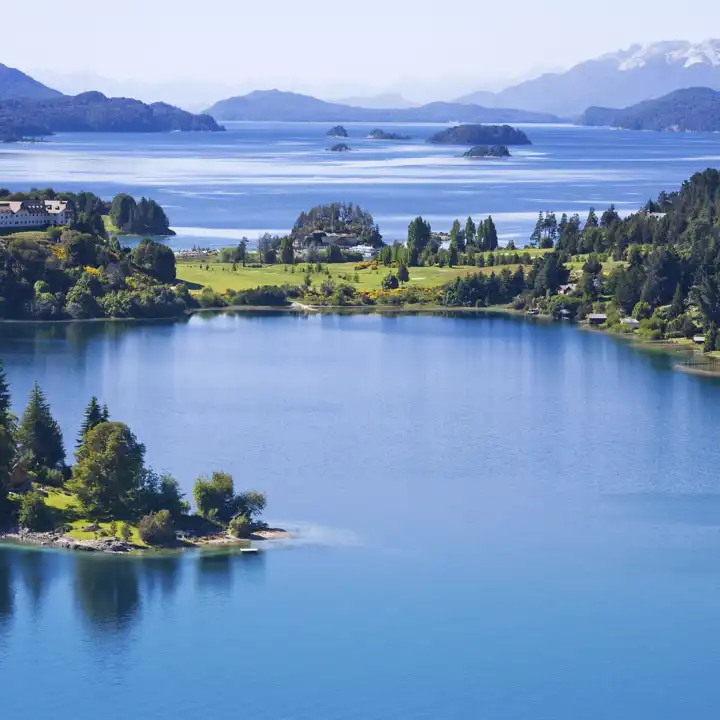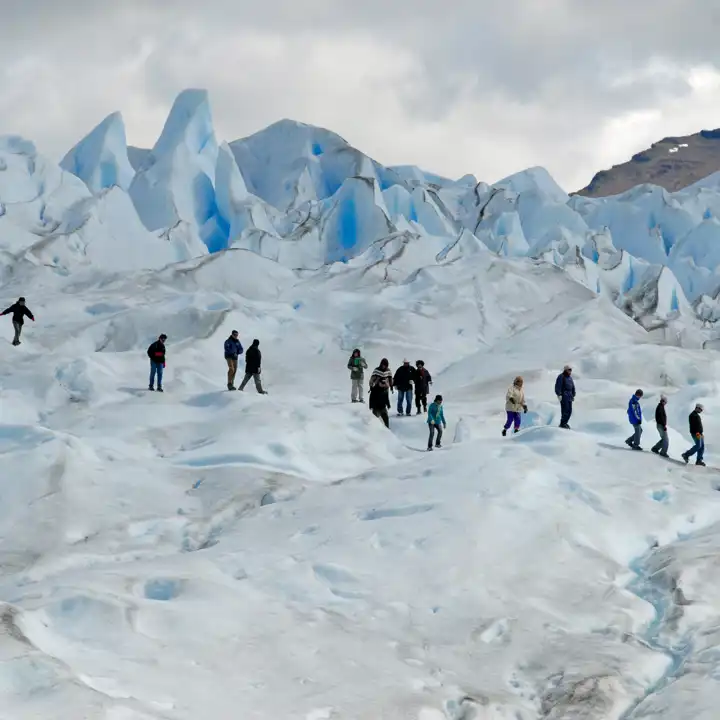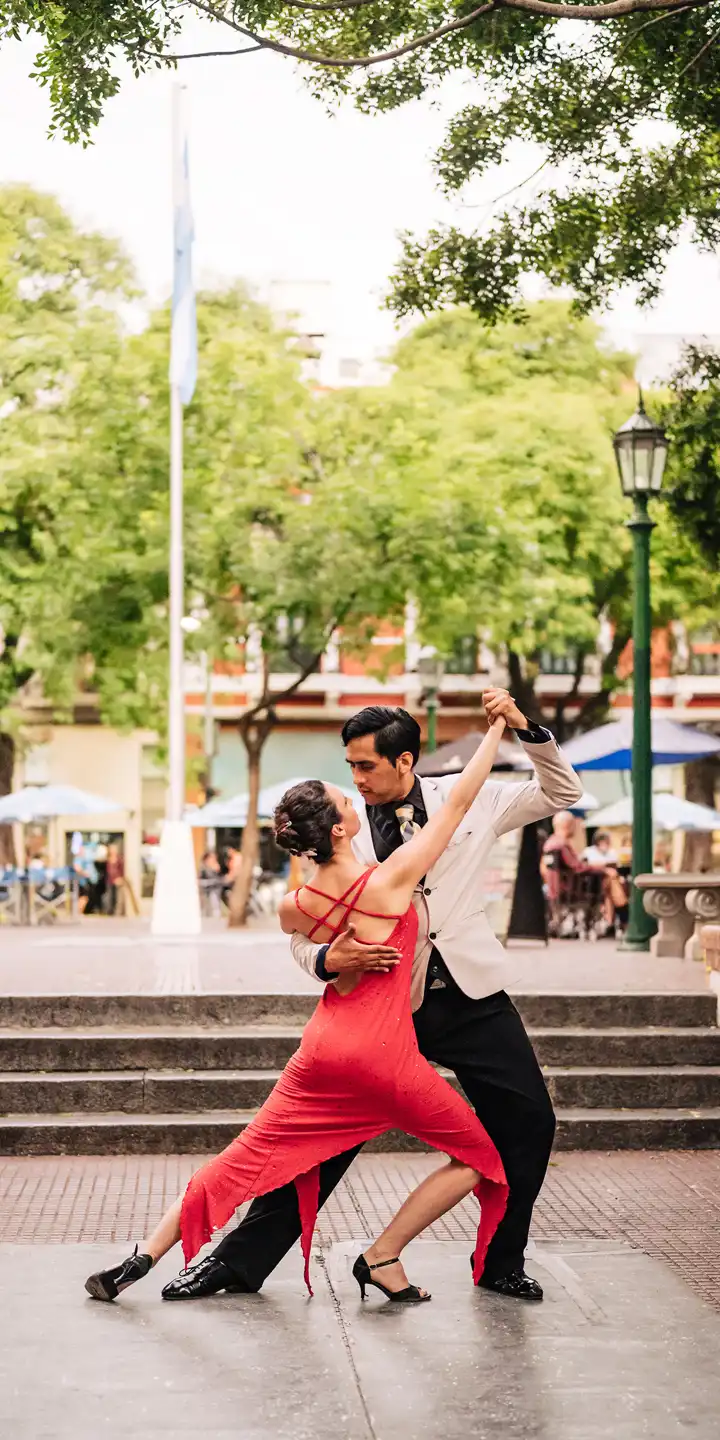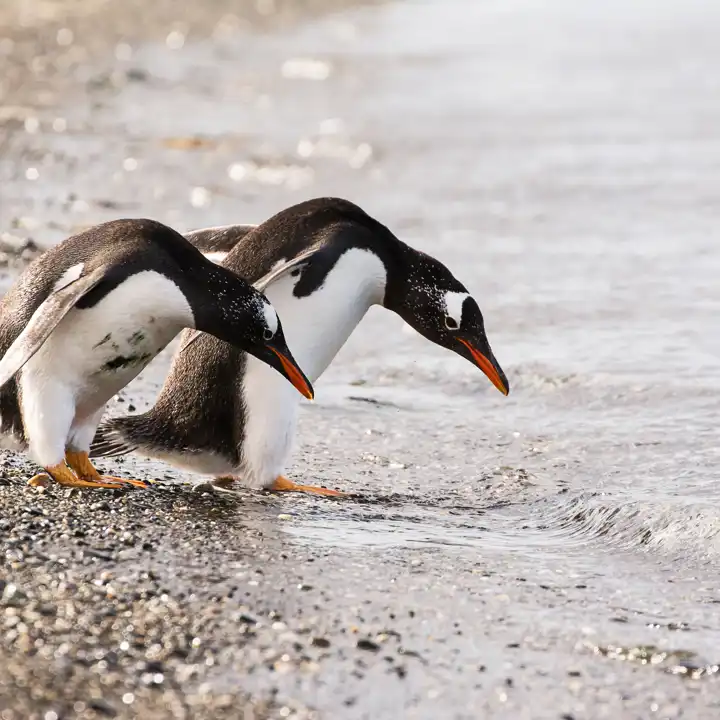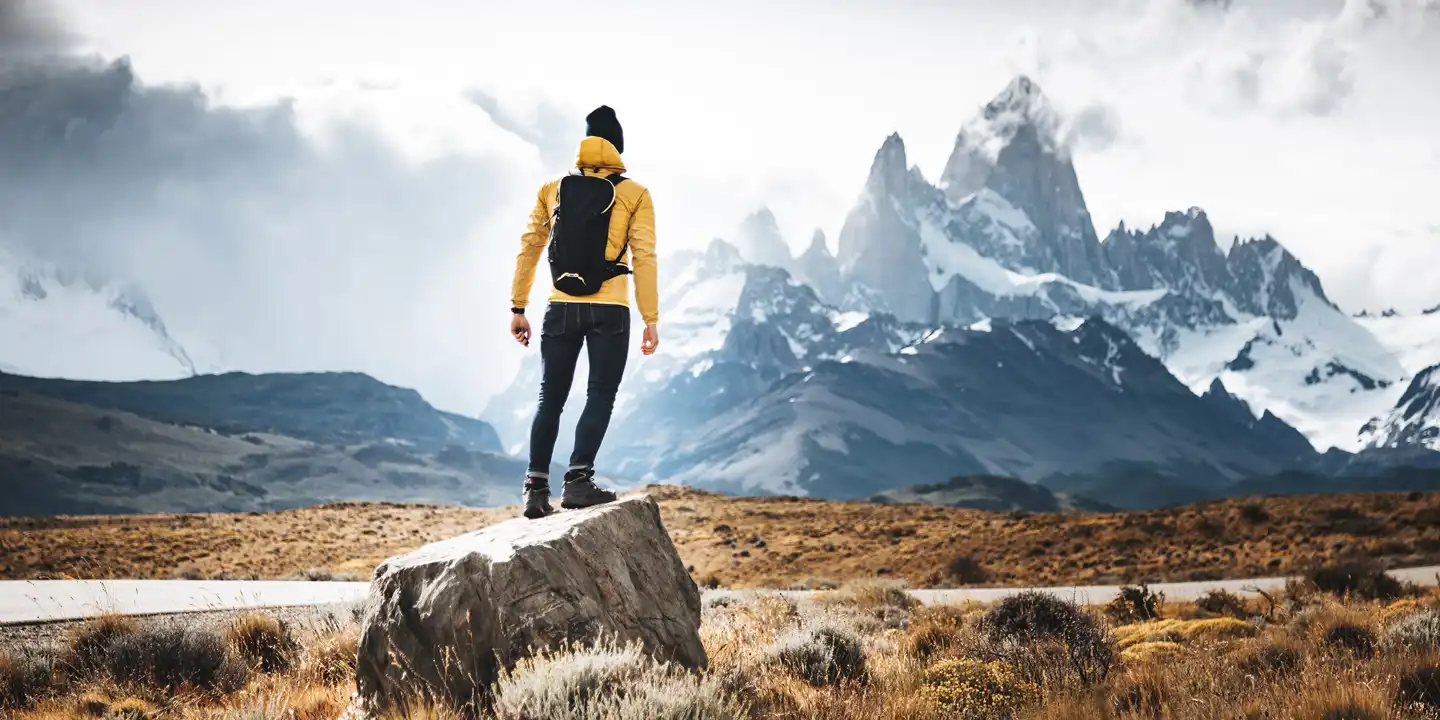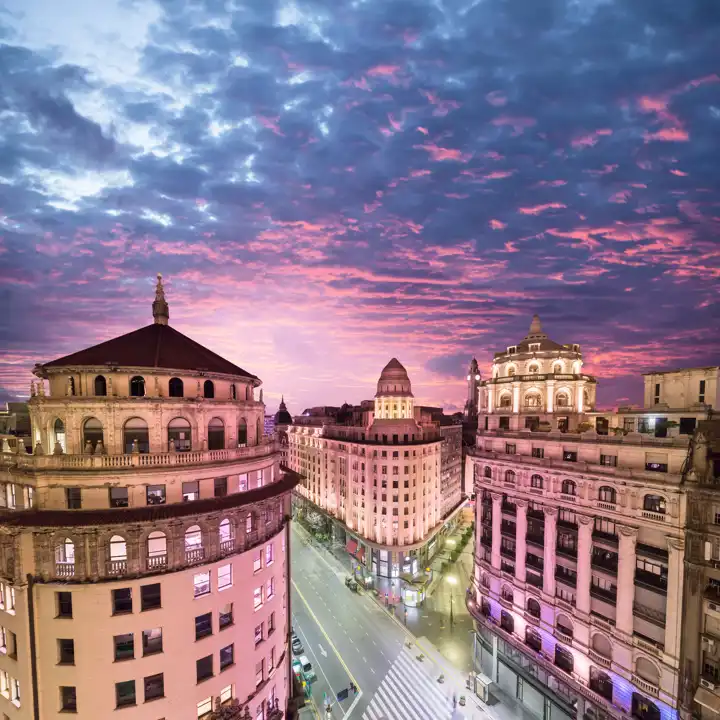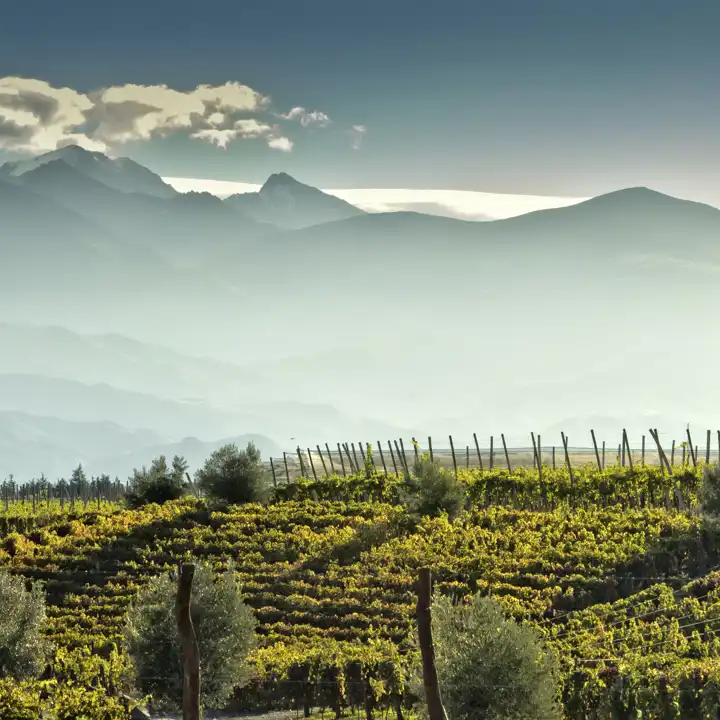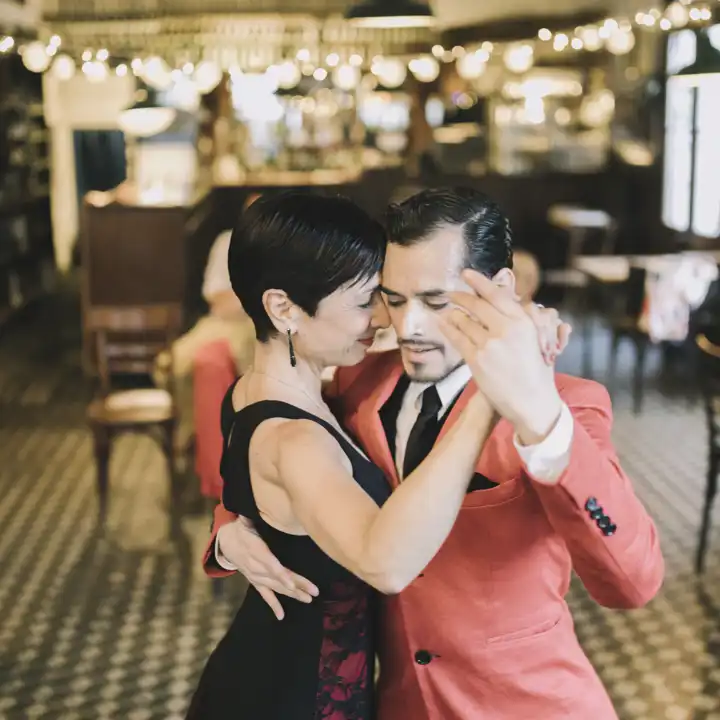Argentina
A Natural Beauty Waiting to be Discovered
Argentina
Luxury travel to Argentina promises to tantalize every dimension of your senses. Indeed, the charms of Mendoza and the majesty of Patagonia can only be captured through private luxury travel to Argentina with Ker & Downey.
Natural Wonders
From the power of Iguazu Falls in the north, to the “end of the world” in Ushuaia in the south… Argentina’s natural splendor enchants the heart. The diversity of Patagonia alone is a highlight on any Argentina private tour. Take, for example, the Kingdom of Ice found in El Calafate. The mighty Perito Moreno glacier proves a powerful complement to such outdoor playgrounds as lake-ridden Bariloche and the climber paradise of El Chaltén. Then there is Ushuaia: the launching point for cruises through Tierra del Fuego and, of course, Antarctica. And do not forget such dynamo destinations as Iguazu Falls, the largest waterfall system in the world, as well as the Iberá Wetlands nearby. This protected reserve in northeast Argentina is home to an abundance of wildlife.
Wine Lands
Luxury travel to Argentina would feel incomplete without a stop in the wine lands of Mendoza. This Malbec mecca does not just offer access to some of the finest wine producers in the world; it also allows you to taste the award-winning gastronomy of such masterminds as Francis Mallmann. The wine identity of Argentina does not stop in Mendoza, however. It also extends to the north in the Cafayate wine region where Torrontes reigns supreme.
City Sights
Looking for a bit of city spice? Then explore the vibrant and beautiful city of Buenos Aires, affectionately known as the “Paris of South America.” Luxury travel to Argentina will allow you to experience the richest parts of the culture. While here, take a tango lesson and visit a local milonga in Buenos Aires. Dine on a delicious dinner of empanadas and malbec. Stay at some of the most luxurious hotels on the continent. Alternatively, spend a day with the cowboys of South America, the gauchos, in an estancia just outside the city. Or simply indulge yourself in a “chocolate massage.” Indeed, Buenos Aires is a city of European-flavored sophistication sparked with Latin passion.
Argentina Private Tours with Ker & Downey
Luxury travel to Argentina promises unabashed luxury, vibrant cultures, award-winning wines, and magnificent natural splendors. To be sure, Argentina is a natural beauty waiting to be discovered.
Talk to your Ker & Downey travel expert to create your own Argentina private tour. Argentina is an incredible add-on from any of Ker & Downey’s South American destinations. However, Argentina is also a standalone destination that satisfies any traveler’s wishlist. Check out the suggested itineraries to Argentina and then let us begin to help design something unique and special – just for you.

